Aids To Navigation
Bringing you over twenty-six years of operations specializing in product development, manufacturing, and the distribution of AtoN.
We offer a wide range of visual aids for marine navigation, including custom buoys, LED beacons, radar reflectors, and more. Our expertize in fabrication allows us to create unique solutions for our clients. Whether you need a small lantern or a large-scale system, we can design, install, and maintain it. We have a strong partnership with key suppliers, making us the exclusive distributor and service center in Canada. Our products have been trusted by the Canadian Coast Guard for nearly 30 years, thanks to our close collaboration and continuous product testing.
AtoN PRODUCTS
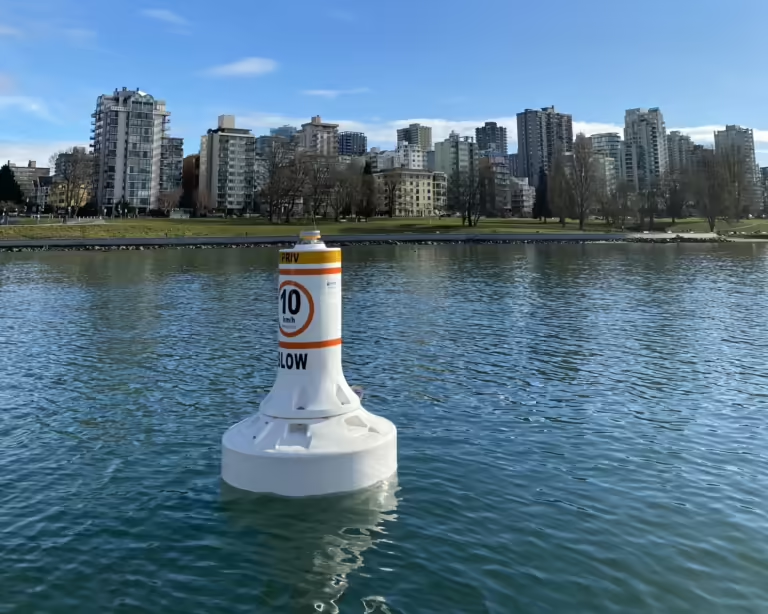
Regulatory Buoys
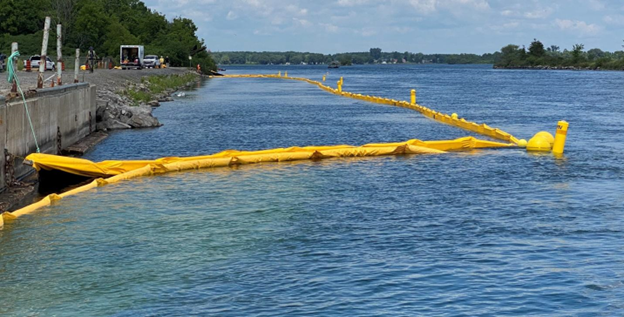
Cautionary Buoys
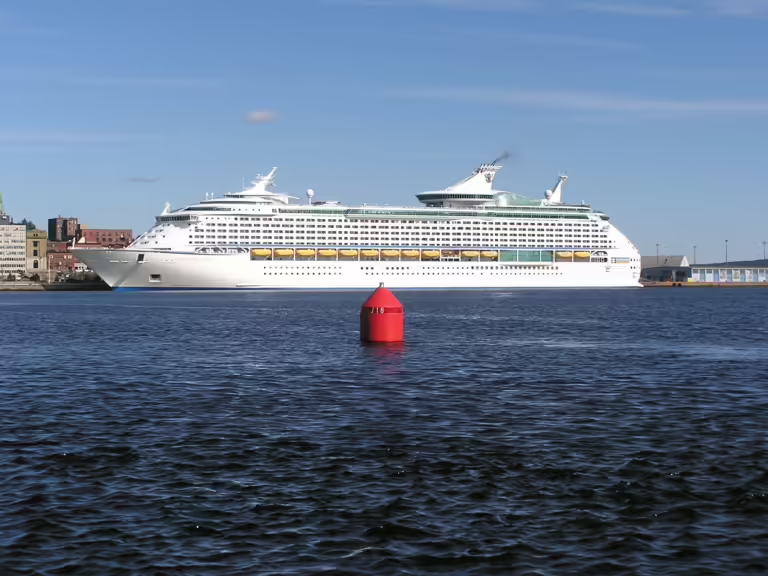
Channel Buoys

Solar Lanterns
Powered Beacons
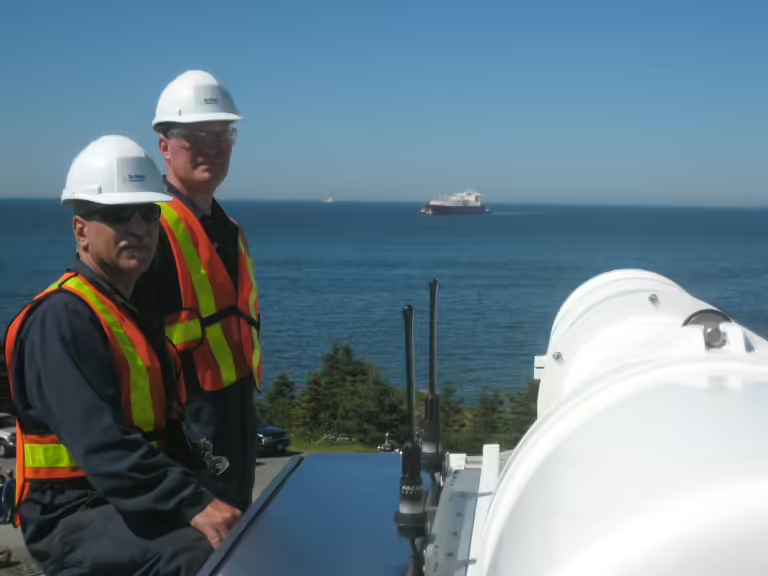
Range and Sector Lights
Services
Regulatory Compliance Assistance
Regulatory approval is often necessary for any projects that could significantly interfere with navigation in a waterway. This may involve securing approval from Transport Canada under the Canadian Navigable Waters Act or from the US Army Corps of Engineers in the United States.
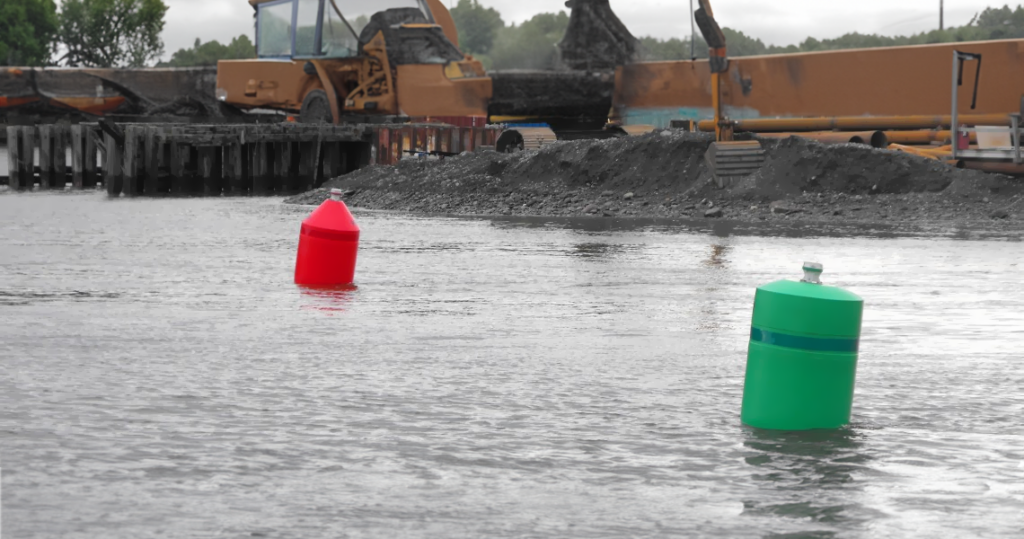
Navigation Plan Design Assistance
Designing a comprehensive navigation plan involves challenges such as accommodating different vessel sizes, dealing with harsh environmental conditions, and working within budget constraints. We have the expertise to simplify the process and execute it efficiently.
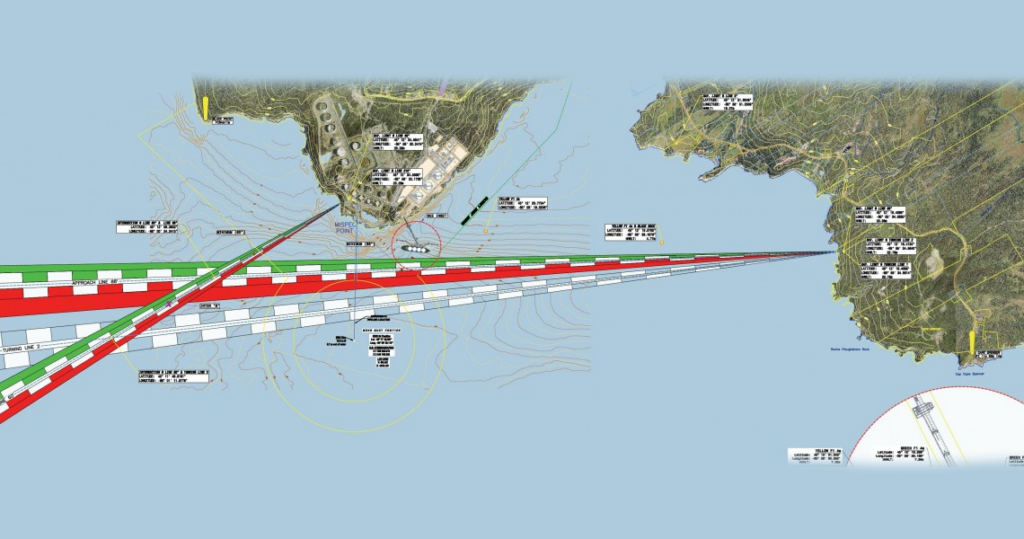
Structure Design Assistance
We offer a range of standard engineer-designed beacons for smaller applications and have extensive experience collaborating with engineers on custom structures for large commercial marine terminal projects.
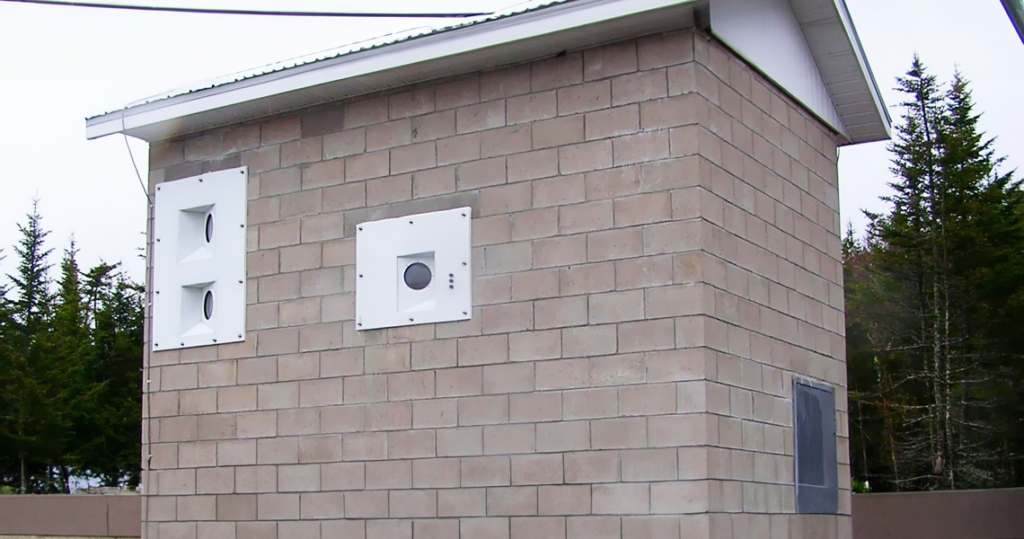
Localized Power Supply
Marine vessel traffic operates around the clock. For over 25 years, we have supplied marine beacons, lanterns, range lights, and sector lights, providing reliable navigation through the night and maintaining operational readiness and safety in all conditions.
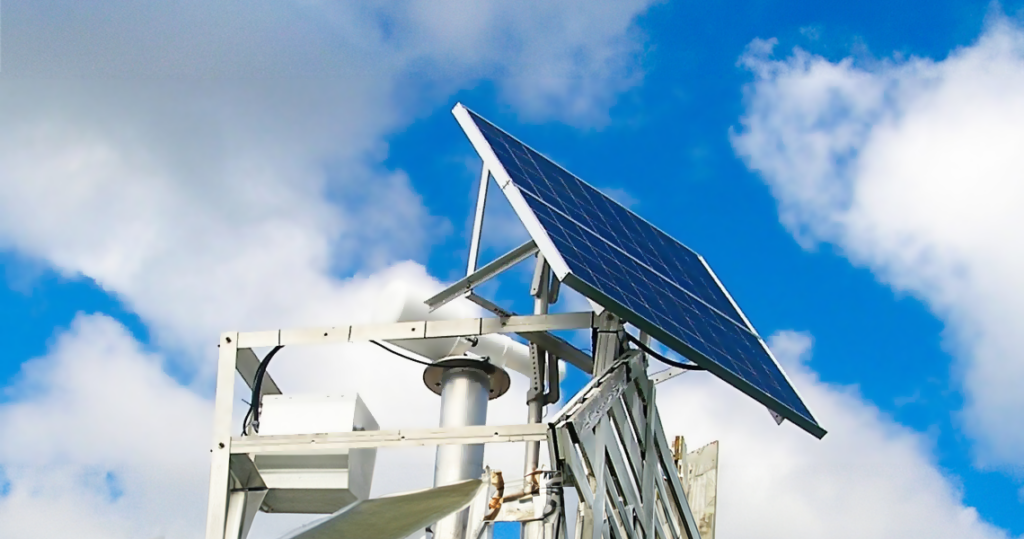
Industries
Tidal Marine provides specialized Aids to Navigation (AtoN) solutions across a wide range of industries. Serving private companies, public organizations, and individual clients, Tidal Marine provides mission-critical navigation support, meeting the operational demands of each industry.
Frequently Asked Questions
What determines the size of buoy used?
The size of the buoy is determined by two main factors: water depth and who the primary user is. The deeper the water the heavier the chain mooring is and a large buoy is needed to support the weight. Hybrid mooring lines made from rope and chain can help mitigate this. When the primary user is a container ship a large buoy is needed so the buoy can be seen from far away providing the ship with adequate time to make adjustments. The large buoy also provides a higher focal plane for marine lanterns for nighttime visibility.
What determines the type of lantern used?
The visible range required along with the required flash character (on-time) of the signal determine the type of lantern required. A dock lantern with a range requirement of 1 Nautical Mile and an on time of 0.5 seconds every 4 seconds (12.5%) can be a small solar powered device. However a breakwater lantern with a range requirement of 10 Nautical Miles and an on time of 5 seconds every 10 seconds or 50% will need to be a large powered lantern.
How long should my mooring line be?
Ideally the mooring line is 2 to 3 times the depth of the water at highest high water. This ratio of water depth to mooring line is called scope. A high scope allows for the least hydraulic force to be applied to the anchor block as the buoy is far away from the anchor. However sometimes this is not practical as the length of the mooring line allows the buoy to move too far away from its anchor position. This movement is referred to as the watch circle. If the watch circle causes the buoy to move too far out of position or for it to hit shore or another floating object it will need to be reduced. Note that the lower the scope the more wear on your mooring line and the larger your anchor block should be. Note that your mooring line must be able to be supported by the buoy selected see FAQ #1 for reference.
How heavy should my anchor block be?
The size of the anchor block is determined by the buoyancy of the buoy, the type and length of mooring line being used and the environmental conditions. The anchor block ideally has a submerged weight that is 3 times the buoyancy of the buoy minus the mooring weight. However this can result in some very large anchor blocks. This is where environmental conditions come into play. If the location allows for a large scope (See FAQ #3) of the mooring line a smaller anchor block can be used. Also if the buoy location is sheltered without large swells the anchor can be made smaller as well.
What kind of options are there for Marine lanterns?
Marine Lanterns have added many features over the years. Most models now have the following options:
- Charge Ports: Many lanterns have battery charge ports so they can be charged on a regular basis if being kept in inventory to prevent battery deterioration.
- GPS Synchronisation: This allows the flash of the lantern to be timed to the clock of GPS satellites which can cause all lanterns to flash in a particular fashion. For example they can flash all at once to identify that the lanterns together are marking a specific perimeter. Another example has the lanterns flash like runway lights to identify where two channels separate.
- Bluetooth Programming: You can programme some lanterns using an application on a phone or tablet and connect to the lantern via Bluetooth.
- Remote Monitoring: With added hardware, lanterns can be connected to cellular or satellite networks, enabling them to report their status remotely. Information such as whether the lantern is on or off, the battery's state of charge, the specific flash code the lantern is emitting, and whether the buoy remains on station can all be monitored. Additionally, you can program the lantern with new settings using the cellular network.
How do I make sure my buoys are Compliant with local regulations?
When installing a buoy you should make sure you are in compliance with the local regulations. There are often conditions around where you can place a buoy as well as its size, shape and colour depending on the application. You may also be required to provide special decals and reflective tape to the buoy. It is a good idea to contact your local Coast Guard or Transportation Agency before purchasing a buoy. The sales people at Tidal Marine are also available to help you select the right buoy to ensure compliance.